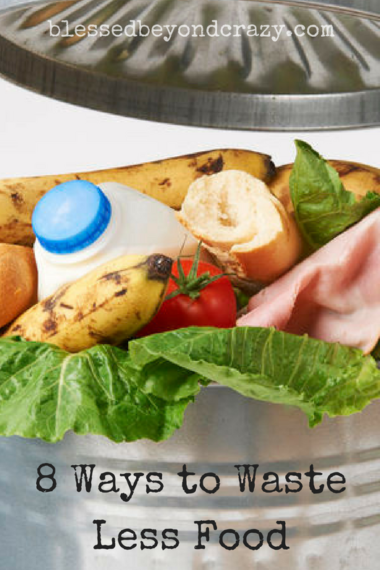
Do you always seem to be throwing away food because you didn’t eat it fast enough? Is your grocery bill really high, but you never seem to have any food at home? These tips will help you to waste less food and save money on your groceries in the process.
To help support our blogging activities, our site contains affiliate links. If you make a purchase from a link on our site, we may receive a small percentage of that sale at no extra cost to you. Blessed Beyond Crazy is a participant in the Amazon Services LLC Associates Program, an affiliate advertising program designed to provide a means for sites to earn advertising fees by advertising and linking to amazon.com.
Store Your Food Correctly
This will help your food last longer, which means that you won’t have to throw it away as quickly. Storing your food properly will give you more time to actually consume it.
- Don’t store your onions and potatoes near each other.
- Don’t store fruits* and vegetables* in the fridge until after you have cut them open. Then store the leftovers in the fridge.
- *onions, potatoes, garlic, bananas, squashes, melons, tomatoes, citrus fruits
- Do store your bread in the fridge to help it last longer.
- Keep your spices away from light and heat. Whole spices last longer than crushed or ground spices. Airtight containers are best for storing spices.
- Store mushrooms in the original store packaging in the fridge. Once opened keep leftover mushrooms in the original container and cover with plastic wrap.
- Fruits and vegetables (not listed above) should be stored in the fridge, but separate from each other. Do not wash your fruit until you are ready to eat it because the excess water will cause it to decompose quicker (finally, procrastination pays off!!!).
- Keep cheese wrapped in cheese paper, wax paper, or parchment paper.
Meal Plan
Meal planning is probably the best way to avoid wasting food in your home. Plan out what you will make and eat for each meal (or most of them). You don’t have to have a complicated system or notebook (unless that works for you). You simply need to make a list (somewhere… chalkboard, whiteboard, notebook, scrap paper, etc.).
Here is how meal planning works in my home, and it is a very simple system.
- We make a list of the meals we want to eat for the next 4-6 days (on a chalkboard in our kitchen). We usually don’t plan out breakfast, so that leaves 3-5 meals to plan. We assume that each meal will have some leftovers, so that is why I do not plan for 8 meals in 4 days.
- After we make our meal list then we make our grocery list. I jot down our planned meals on the back of my grocery list, so I remember what I’m shopping for.
Don’t go to the Store Every Day
Part of meal planning is being able to go to the store less often. I know what we are going to eat for the next 4-6 days, so I go ahead and pick everything up while I am there. This will save a ton of money! It will also lead to wasting less food because you are forced to eat what is in your home instead of going to the store to buy even more.
Remake Leftovers
Waste less food by remaking your leftovers!
Have leftover baked potatoes? Dice them up and fry them in a skillet for breakfast the next day. Here is my recipe for the most addicting pan-fried potatoes.
Have leftover chicken or ground beef? Make nachos, soup, pasta, or pizza. You can also throw your leftover vegetables in those meals as well.
Try to be creative on how you can remake your leftovers into new meals.
Brown Bag it to Work
I know it’s not fun, and I know you don’t want to. But it will save you so much money, waste less food, and it is healthier.
Freeze Food
Can’t eat or don’t want to eat all those leftovers? Waste less food by throwing them in the freezer.
Often, we buy 5 pounds of ground beef at a time because it is cheaper per pound than buying just one. We can easily eat 2-4 pounds, and then the last 1-2 pounds of leftover beef just sits in our fridge until it goes bad. To keep this waste from happening, we put it in a freezer bag and freeze it. It’s the perfect amount for cheeseburger soup or a casserole.
You can freeze almost anything. You might want to consider investing in a deep freezer. Food lasts longer in a deep freezer.

Substitute or Omit When Trying New Recipes
Having to cook gluten-free, I have gotten really good at omitting or substituting ingredients when cooking.
If you like to cook and try new meals (like myself) you are probably constantly on Pinterest scrolling and looking for new things to try. When I find a new recipe that I want to make, I usually want to make it right now! But I don’t always have all the ingredients, or it might call for an ingredient that I don’t usually buy.
A quick google search will usually tell what can be substituted for that item.
Here are the items I substitute most often:
- heavy cream, half & half, whole milk
- onions, shallots, green onion
- flour to corn starch (2:1 ratio; example, 1 cup flour substitute for 1/2 cup corn starch)
- allspice, apple pie spice, pumpkin pie spice–substitute for cinnamon, nutmeg, cloves, ginger
- sugar for maple syrup or honey
Compost
When your food does go bad, or you have food scraps instead of just throwing it away, compost. It is super easy to do and it is fantastic for your garden or even your yard.
- Eggshells
- coffee grounds
- tea bags
- fruit and vegetable scraps (i.e. tops of tomatoes, potato peels, banana peels, apple cores, etc.)
How do you keep from wasting food?
Anna
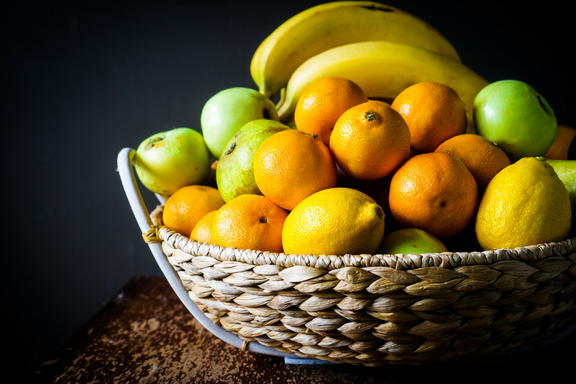
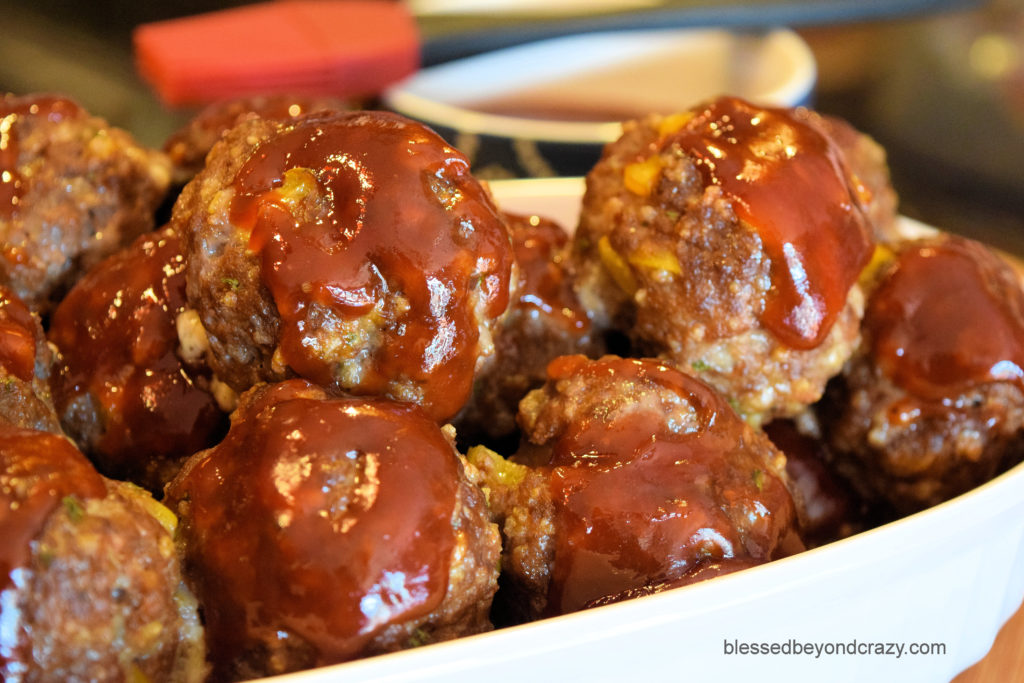

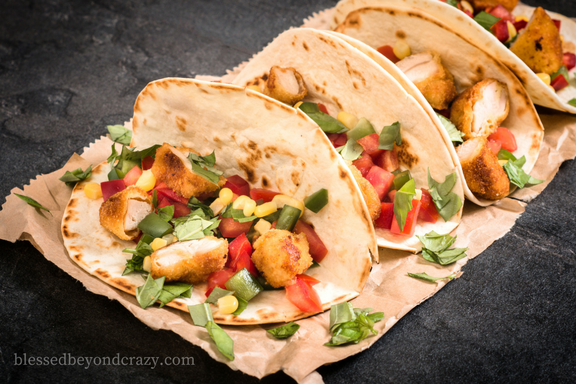
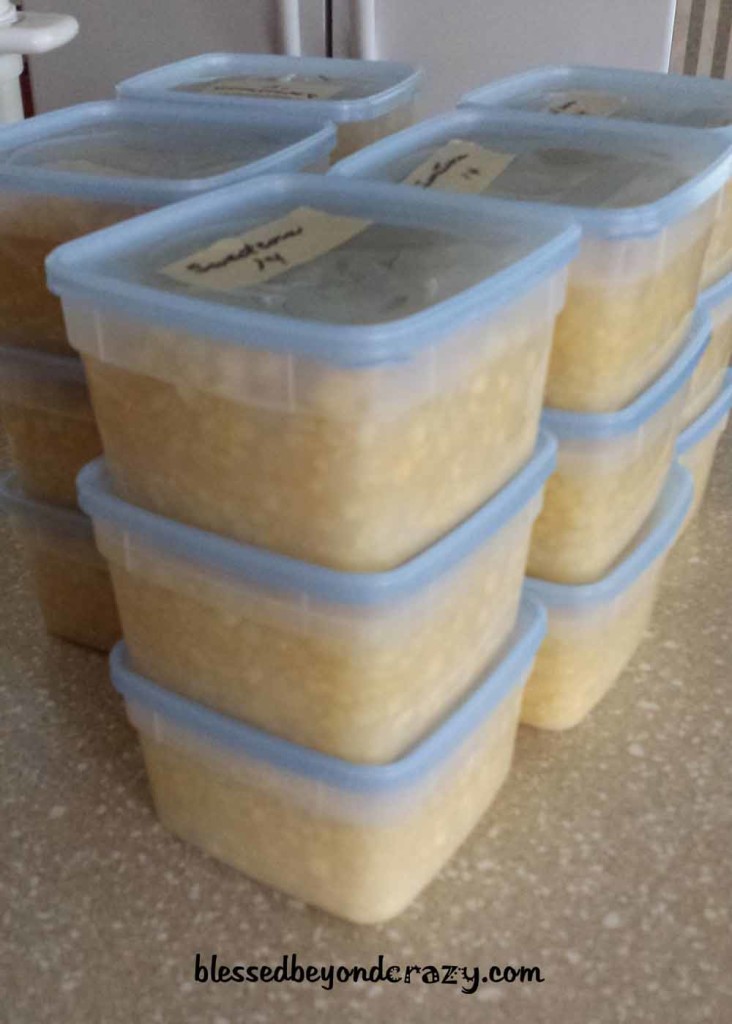
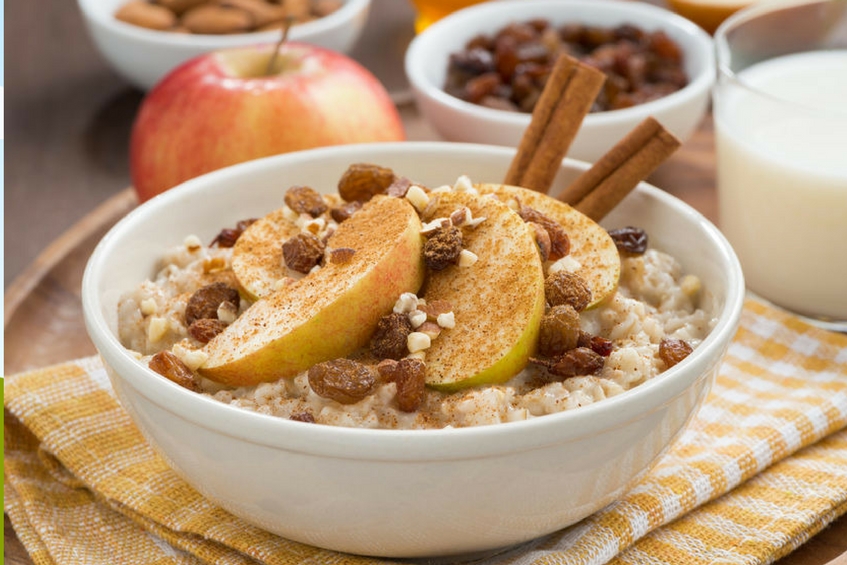
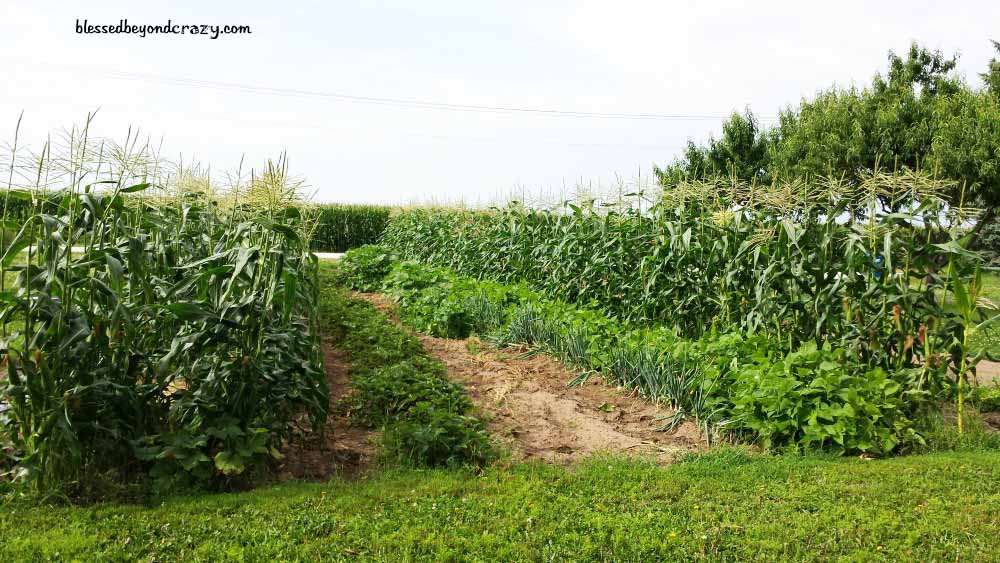
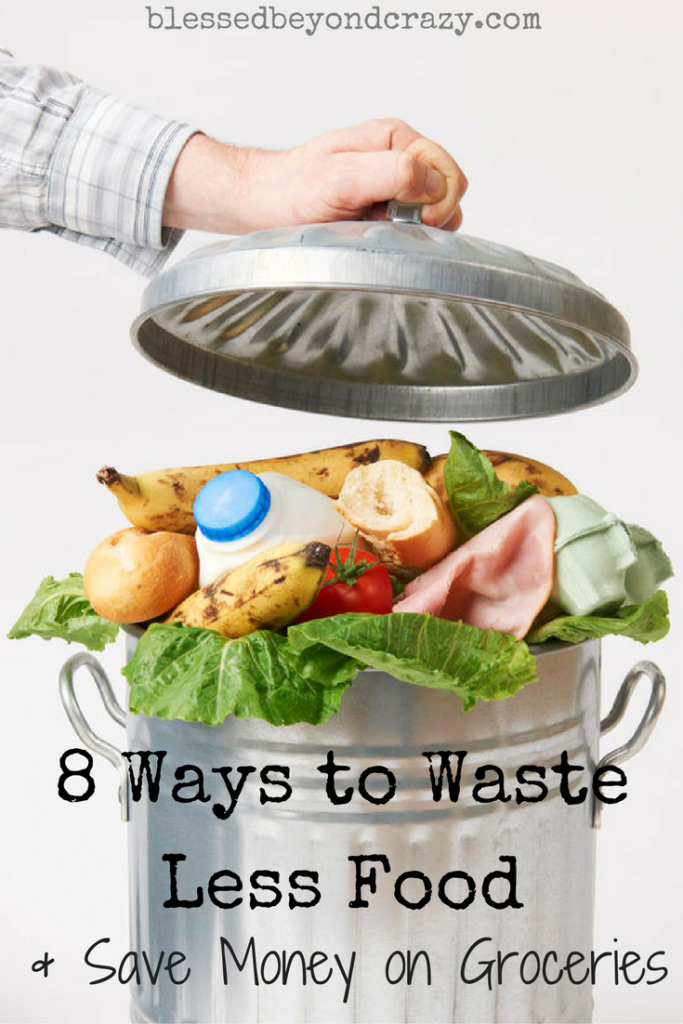
Marj says
Great tips! The parts about storing fruits and veggies were what got me most interested. Keeping bread in the fridge was a game changer for me. Sometimes I also keep in the freezer, though it does dry out a bit more but lasts really long that way.

Blessed Beyond Crazy says
I agree about the bread. I probably should have mentioned that many sources advise not to keep bread in the fridge or freezer because it does get dried out. However, in our home, we can’t eat the whole loaf of bread before it gets moldy so we always keep it in the fridge and it lasts a lot longer!
I’m still having a hard time not storing my tomatoes in the fridge…